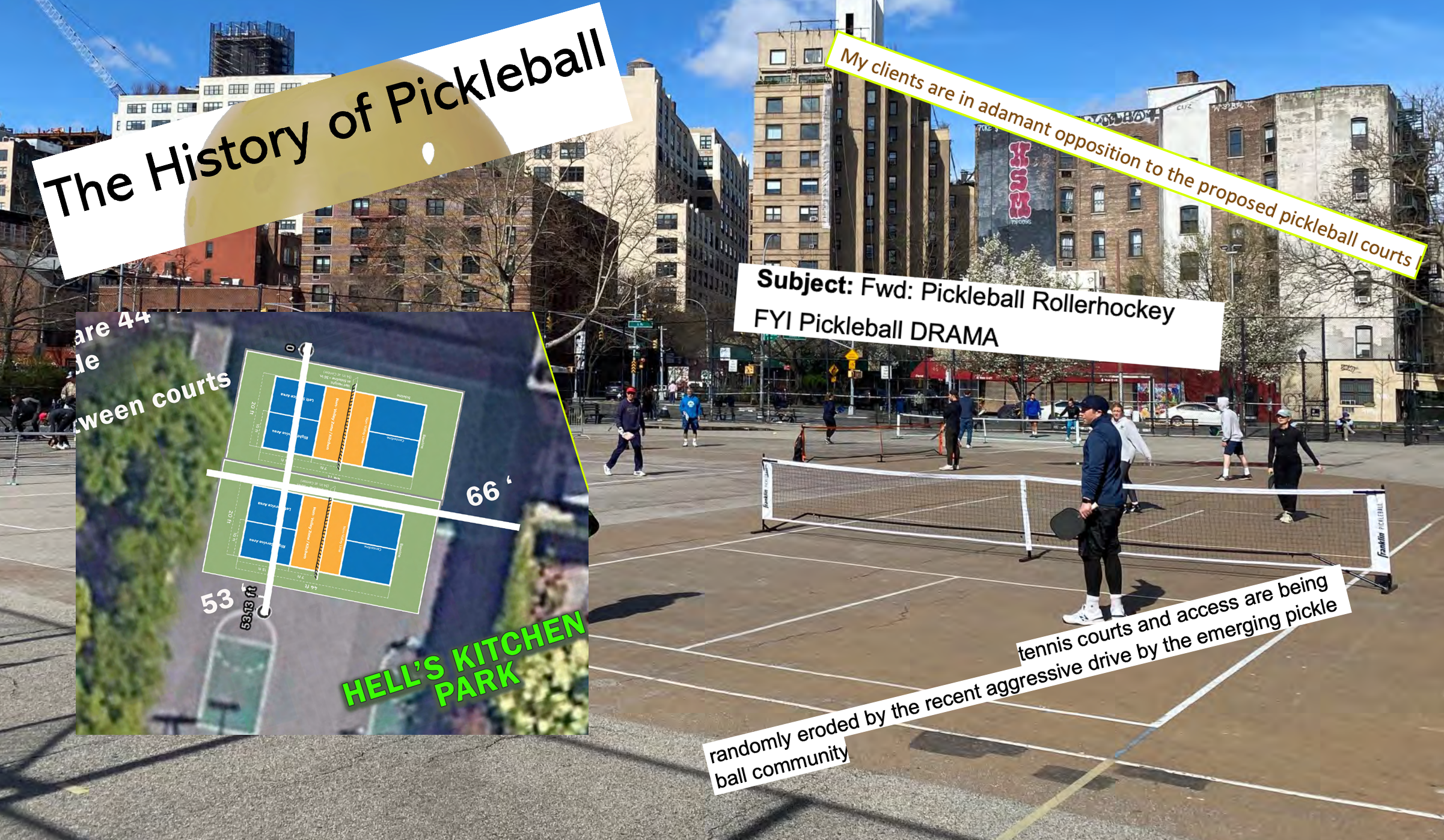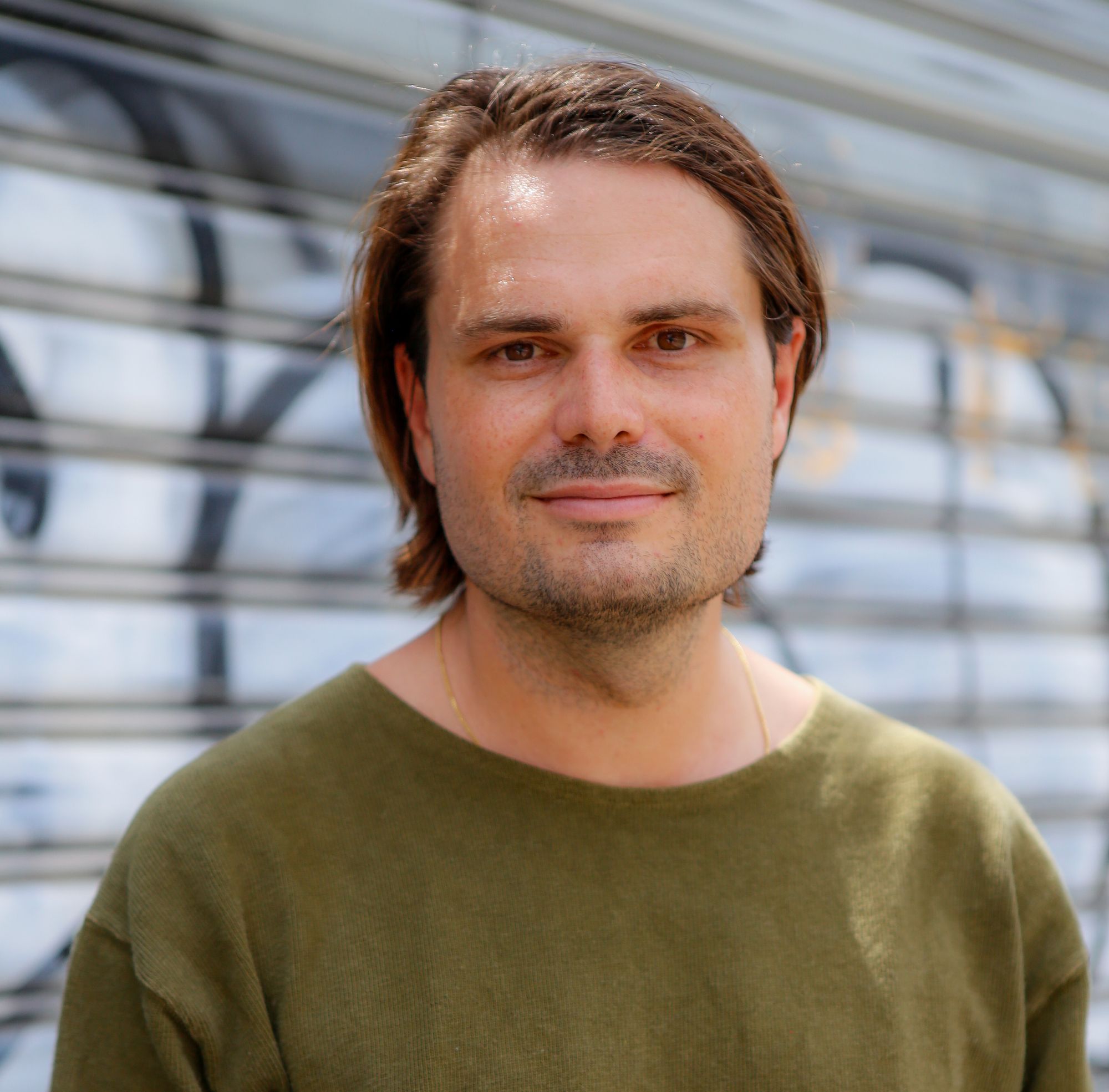In late September, an arsonist set fire to a storage shed at Memorial Park used by the Santa Monica Pickleball Club, torching thousands of dollars worth of nets, rackets, balls, and other pickleball equipment.
“Unknown suspect(s) caused a fire that damaged city property (Tennis Court Gate),” a police report I obtained using a public records request says. The report adds that there is body camera footage of the incident and police-shot photos, but the city refused to release them to me because there is an ongoing investigation. The arsonist is still at large.
We still don’t know the motive behind the arson, but the news caught my attention because it happened while I was in the midst of trying to understand what I’ve been calling the pickleball wars. For the last few months I’ve been trying to understand what’s been happening behind-the-scenes in cities large and small by filing public records requests aimed at learning how common beefs about pickleball are, and what’s causing them.
If you don’t already know about “the fastest growing sport,” Pickleball is kind of like tennis, but played on a court a quarter of the size using a plastic ball similar to a wiffle ball and a hard racket. The smaller court, hard ball, and hard racket means that pickleball is louder than tennis, a fact that is brought up very often by homeowners and homeowner associations who claim, somewhat dubiously, that the noise from pickleball drives down their home values.
My hypothesis going into researching this article was that people who live in cities are mad at the noise created during the act of playing pickleball and they have probably complained to the government about it. What I found was surprisingly more complex: Thousands of pages of documents I’ve reviewed show that pickleball’s surging popularity is overwhelming under-resourced parks departments in city governments all over the country.
This may sound frivolous, but the documents also show what happens after we fail to build things in America: Compromises are made, and our cities’ already strapped public space and public resources become increasingly crowded and difficult to use. People fight about it.
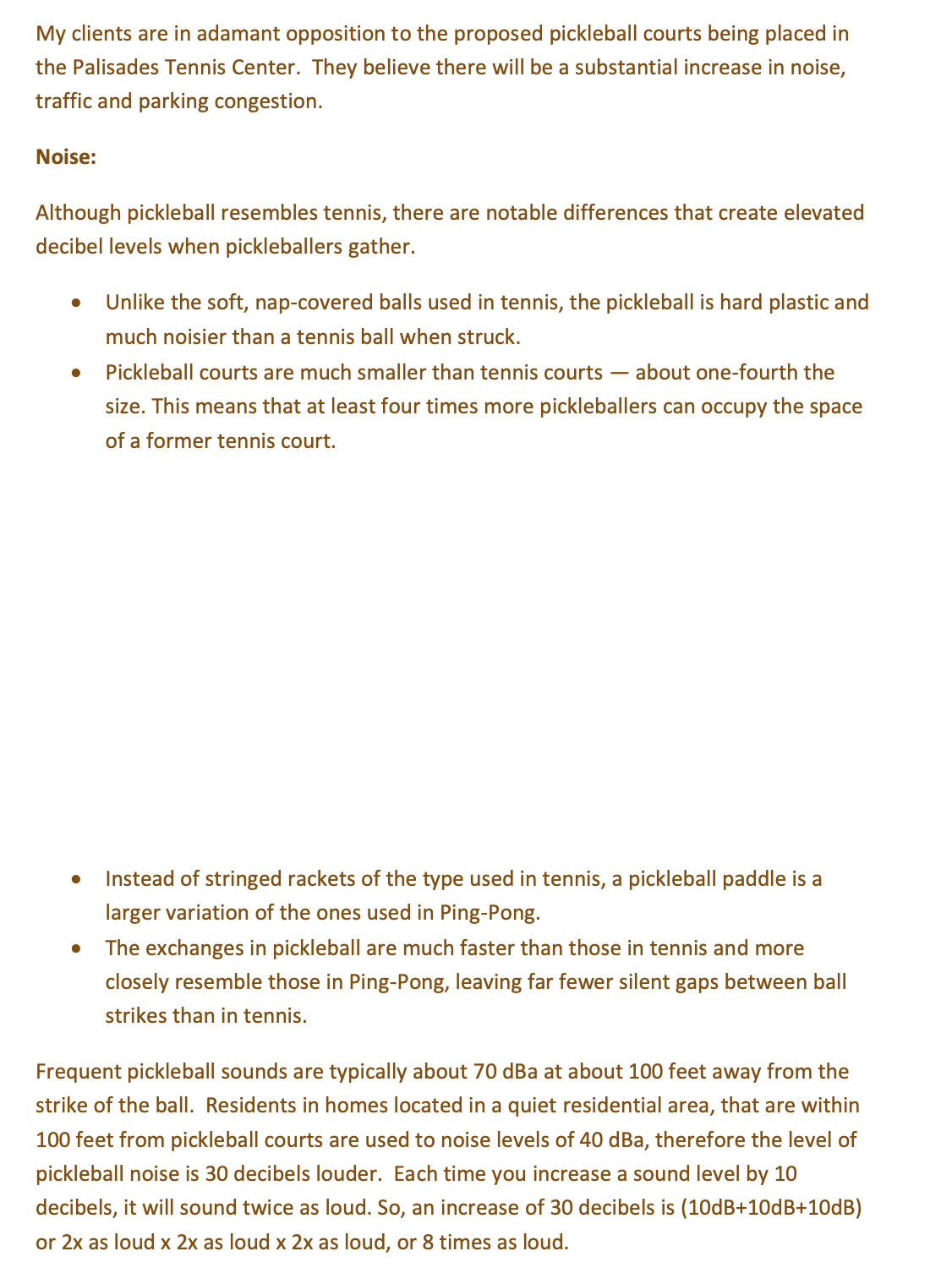
This is happening in the “normal” NIMBY ways, where homeowners endlessly threaten cities with lawsuits and other unpleasantness if they dare to build new pickleball courts, which leads to delays, demands for expensive systematic sound and environmental assessments, and economic impact reports before any new park infrastructure investments.
“Pickleball has overrun South Street, no more bookings.”
But pickleball players aren’t powerless bystanders being screwed over by NIMBYs. There is both an organized pickleball lobby that operates through a “governing body” called USA Pickleball, as well as run-of-the-mill pickleball players who, of their own volition, email city government and show up to meetings to advocate for more places to play pickleball. The broader pickleball lobby is winning access to more and more public spaces, which is regularly angering people who play sports that aren’t pickleball. This is because, as NIMBYs prevent cities from building new pickleball courts, stressed out parks and recreation department workers facing pressure from pickleball players have converted existing tennis courts, basketball courts, and roller hockey courts into dual-use pickleball courts, creating regular turf wars between players of those sports.
After scanning thousands of pages of documents, I found:
- In Boston, tennis players are furious that pickleball players figured out how to book nearly all of the South Street courts all day every day for months on end, leading the reservations director there to tell staff: “Pickleball has overrun South Street.” Meanwhile, roller hockey players in East Boston complain that pickleball courts created with tape on their courts and shared facilities have created a “PICKLEBALL MESS” that have left children wanting to play hockey crying when they’ve been kicked off the courts by permit-holding pickleball players.
- In San Francisco, city employees created something called the “Larsen Compromise,” in which a tennis court and a basketball court are being converted to pickleball courts. This has seemingly upset everyone, pickleball players and non-players alike.
- Los Angeles has faced legal threats and demands to run a series of environmental, noise, and economic analyses from NIMBYs who say pickleball courts will harm their quality of life and damage their home values.
- Dallas told me that it had more than 100,000 emails mentioning the word “pickleball” and could not complete my request, while the city of Fort Lauderdale says it has 35,242 emails mentioning “pickleball” from 2023 and would need $10,290.66 to produce them.
- An elaborate lobbying campaign in New York City that involved converting handball, tennis, and basketball courts into pickleball courts.
- In every city, I read hundreds of complaints from pickleball players who claimed tennis players were hogging all the courts. And I read hundreds of complaints from tennis players who said that, actually, pickleball players are the court hoggers.
As mentioned, USA Pickleball is the national governing body of the sport of pickleball. It has 2,200 “ambassadors” who “have pledged to promote the sport of pickleball and the USA Pickleball in the local area that they represent. They are individuals or couples who work with the communities, clubs, and other various recreational facilities to guide and help build pickleball programs for all to enjoy,” according to the organization’s website. Pickleball ambassadors must apply to the program and, once accepted, are given a “toolkit” for promoting pickleball.
Melissa Zhang, a spokesperson for USA Pickleball, declined to make “ambassador-only” documents available to me, but told me in a phone interview that ambassadors are the sport’s “boots on the ground” to expand access to the sport.
“We equip our ambassadors with communications for city councils, HOAs,” she said. “We definitely don’t want to be a burden or a hindrance to other sports. We try to act in the best interest of everyone involved instead of just bulldozing ahead. We’re all trying to cooperate and I think the turf war stories the media has painted are obviously in a pretty negative light. We obviously want to celebrate the fact that pickleball has brought so many benefits to so many people and of course we have been involved in that growth. But obviously we’re not trying to do it at the expense of other people.”
The emails I obtained from cities around the country show that some ambassadors are highly engaged in pushing for existing basketball or tennis courts to be converted into pickleball courts, and in lobbying for new courts to be built.
“Do any of you have any experience with managing USA Pickleball Ambassadors and drop-in pickleball facilities? We have a very passionate ambassador whose passion is not being used for the best interest of the city, and is actually inciting a lot of emotion amongst players,” a parks employee of Huntington Beach, California wrote to a national listserv of parks and recreation employees. The recreation manager for the city of Brookings, South Dakota, suggested that the city reach out directly to USA Pickleball to ask them to discipline the person. Huntington Beach has been very slow to provide any relevant documents from my public information requests there.
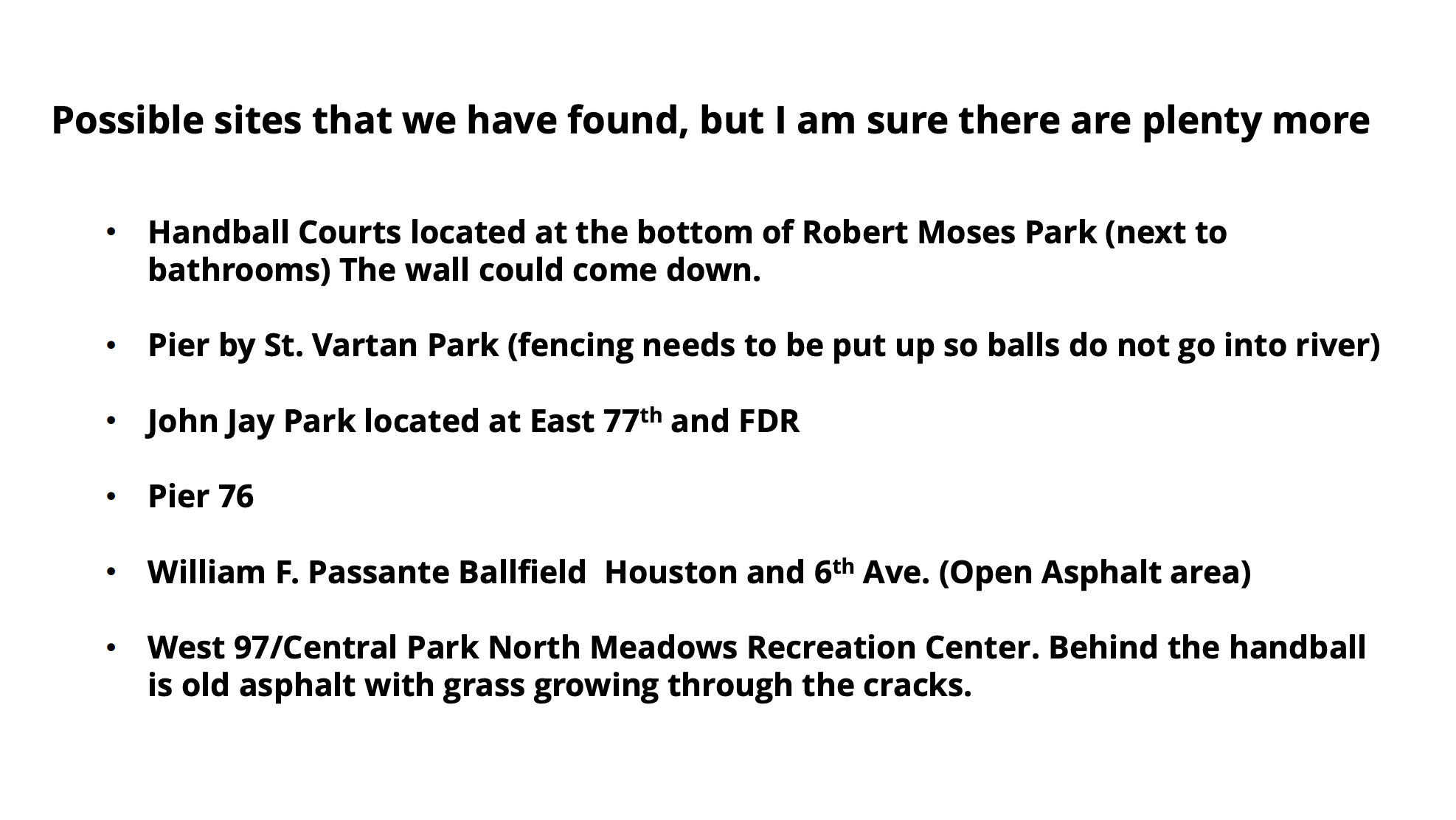
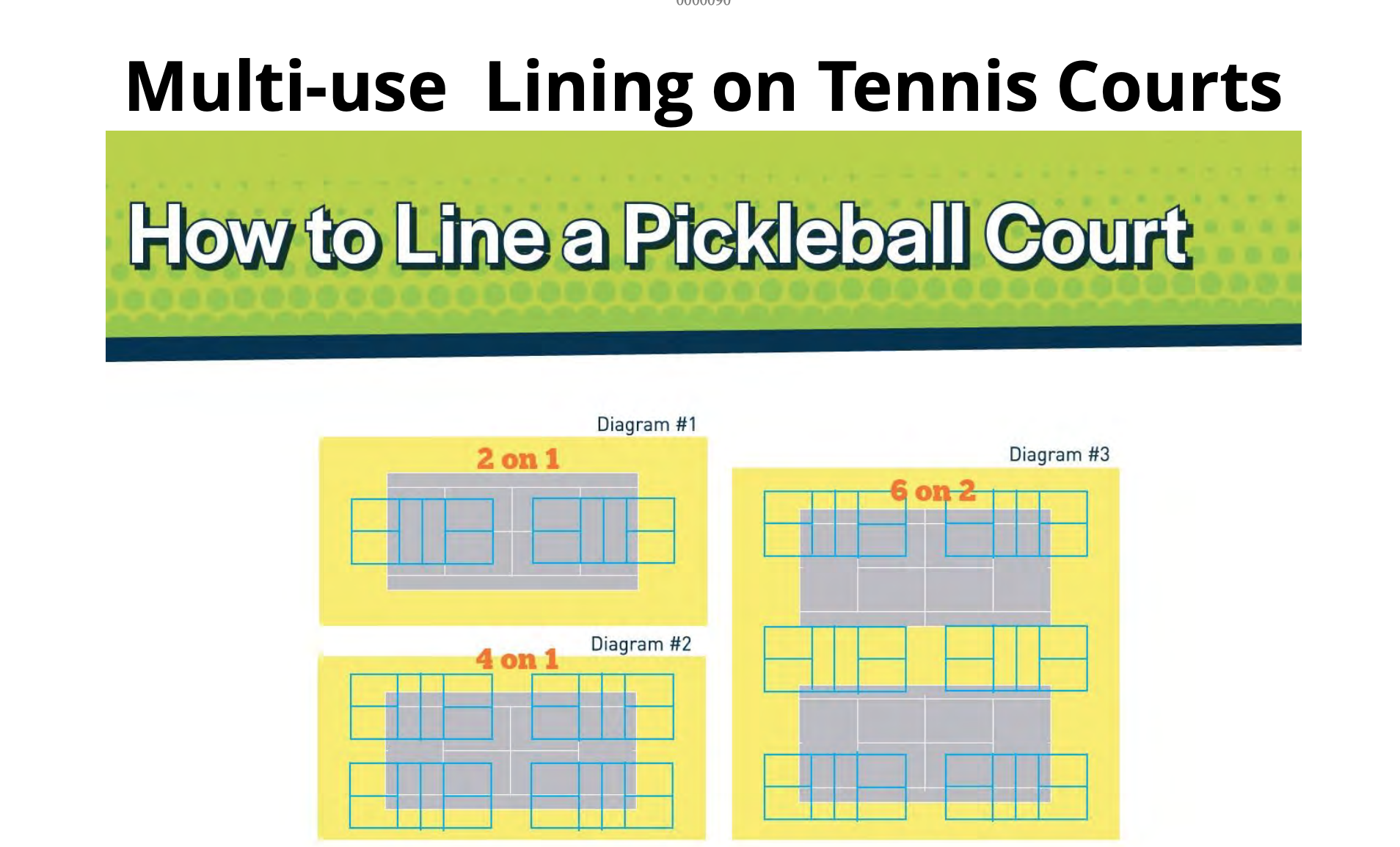
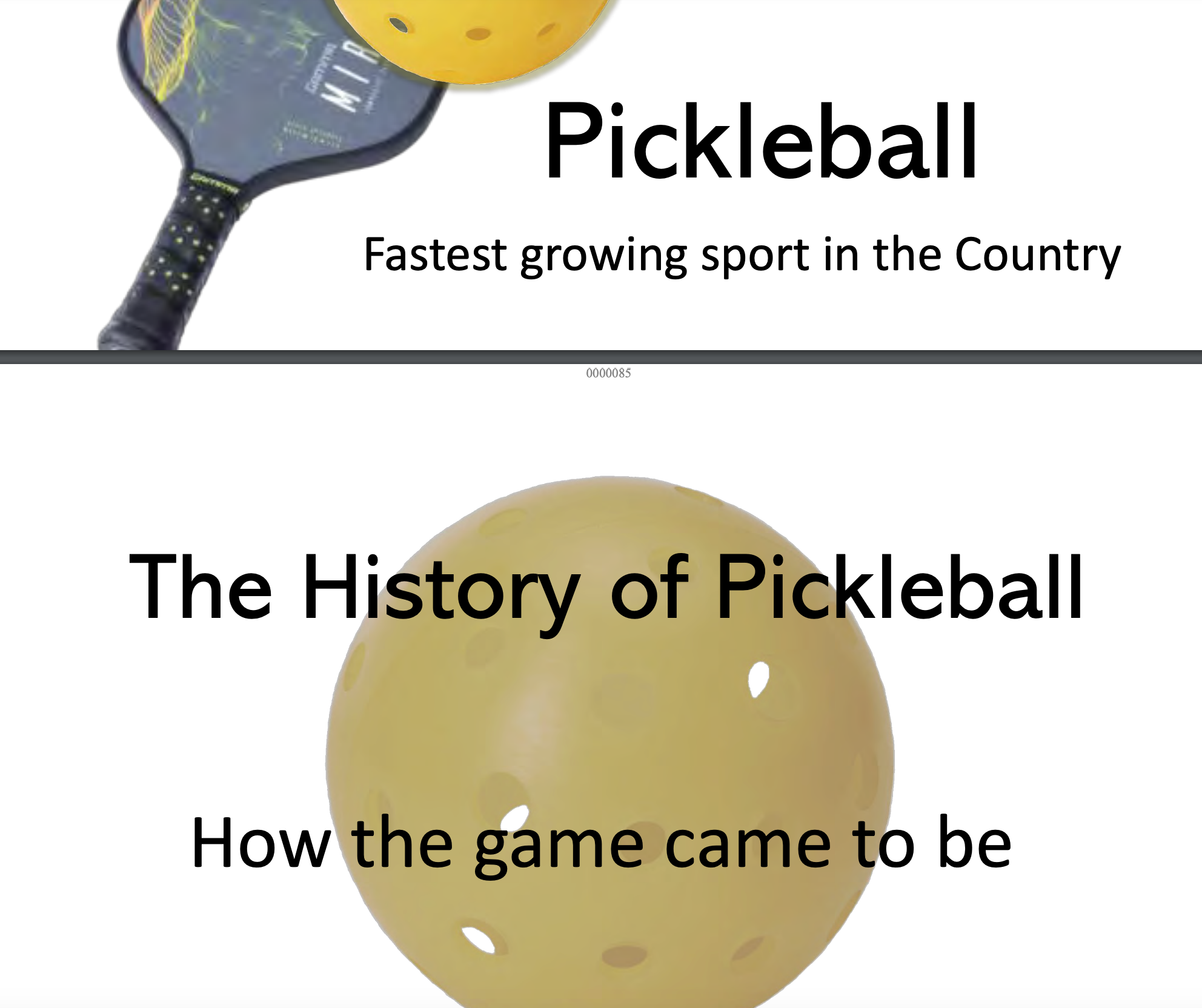
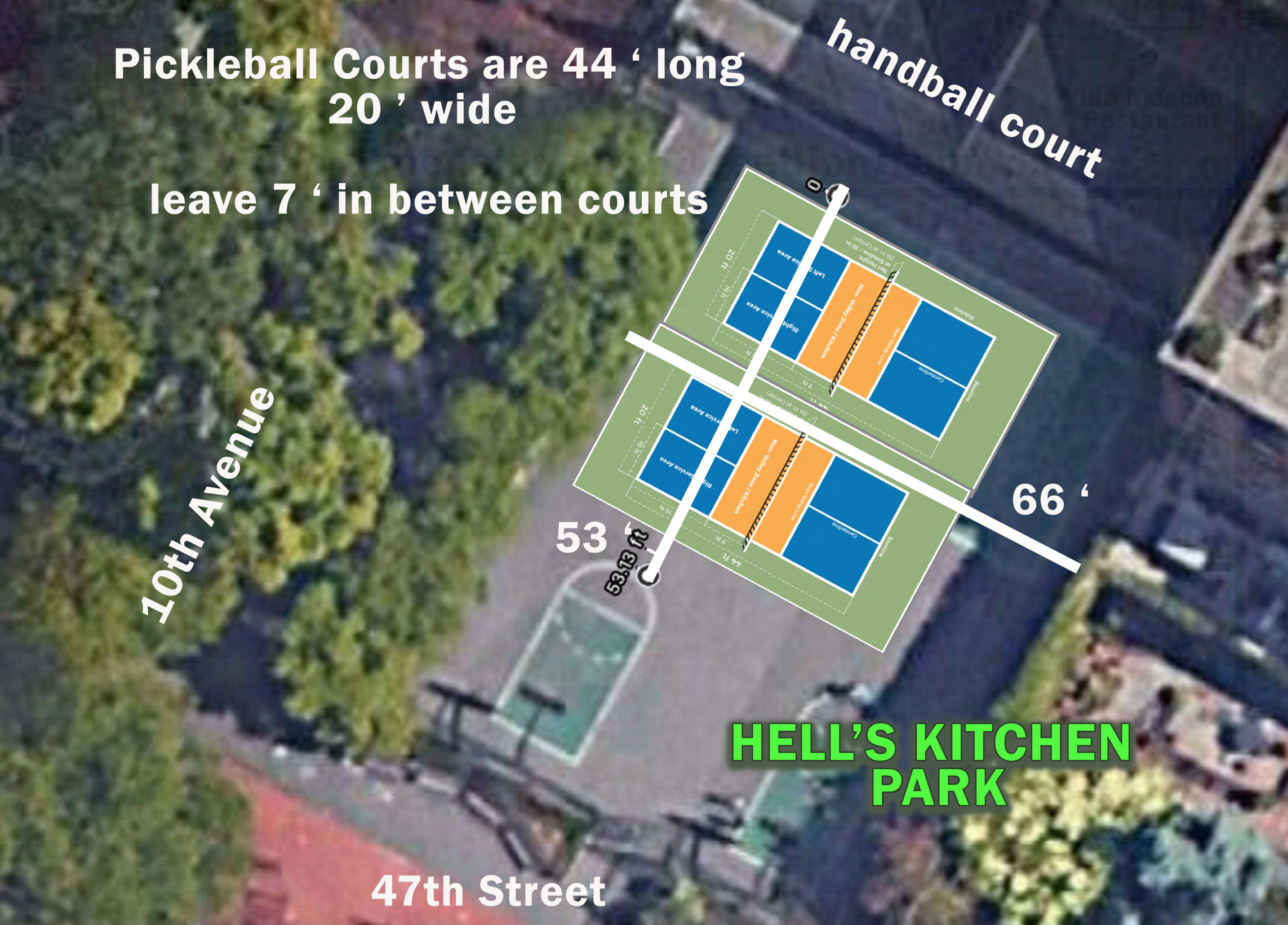
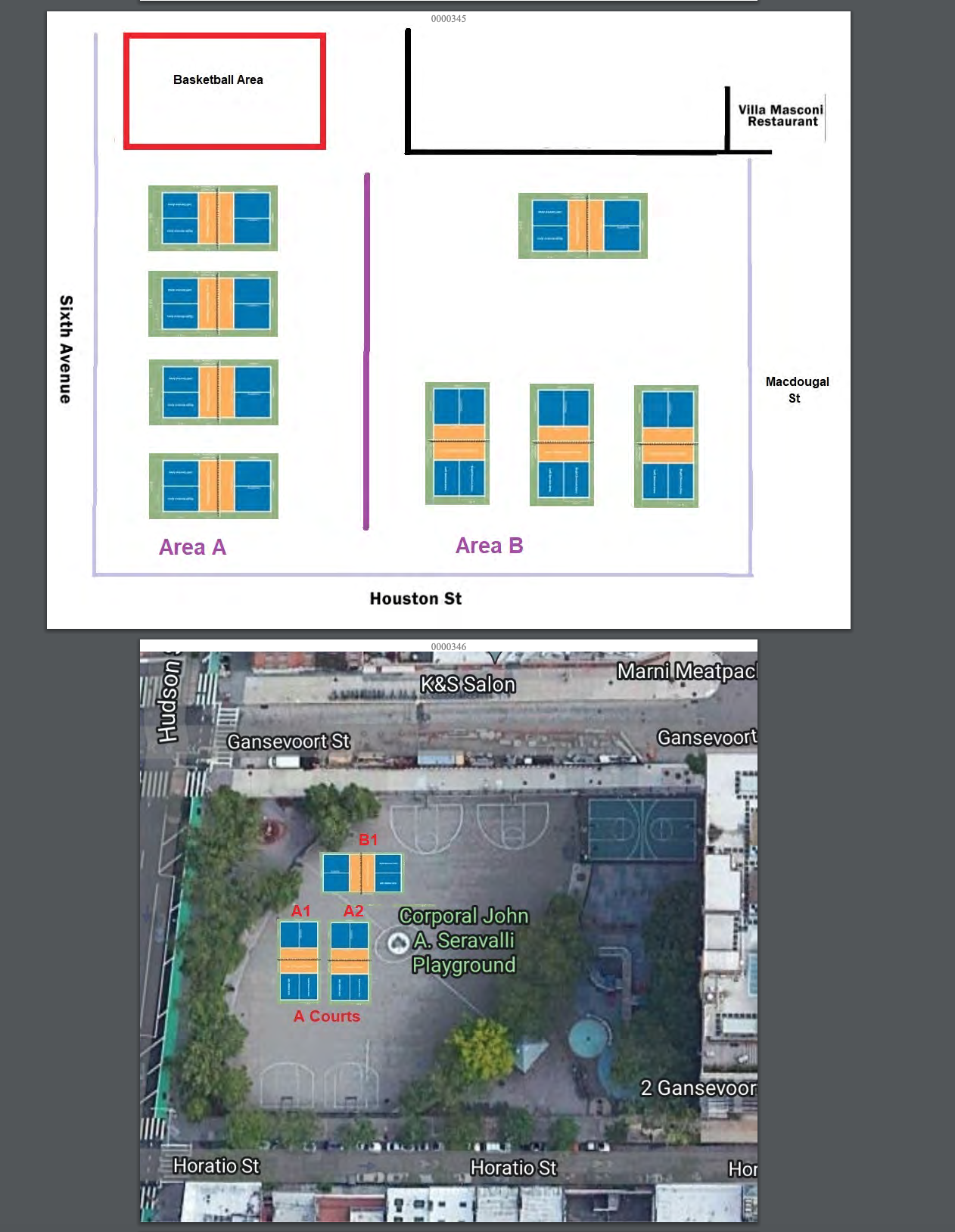
Presentations from USA Pickleball ambassadors to New York City, which show proposals to build courts on existing courts for other sports.
But in New York City, documents obtained by journalist Jake Offenhartz, who wrote about a specific pickleball turf war in the city, show several USA Pickleball ambassadors repeatedly lobbying the parks department with photos of “underutilized” space in the city, a series of presentations about the sport of pickleball and where courts should be built or converted, mock ups of what it would look like to put six pickleball courts on top of two tennis courts or to simply place pickleball courts on top of basketball and handball courts, a “history of pickleball,” and emails about the travesty of New York City’s lack of attention to the sport of pickleball: “We are the only major city without designated courts,” one USA Pickleball ambassador wrote to the city. “What an embarrassment.” (Offenhartz obtained the documents after publishing his initial story and gave me permission to use them for this article.)
Eventually, the city began to allow pickleball to be played at several different mixed-use outdoor spaces around the city. Immediately, the city received “complaints that the children and others can’t use the area when the pickleball users are there,” an NYC parks employee told a USA Pickleball ambassador. “I’m afraid if people are going to use pickle ball here for hours on end during the after school hours and on weekends it may be a real problem because it prevents others from using the area. Perhaps this location won’t work.”
The USA Pickleball ambassador responded that “there was a man that came by throwing the football with his son. There was plenty of open space,” they explained, adding that there was also a kickball game going on: “They play kickball and take up the whole asphalt area and the ball goes flying nearly missing people constantly … that is the most dangerous thing I’ve ever seen … my feeling is that the pickleball courts are not the issue.”
Later in the email exchange, the USA Pickleball ambassador asked for the parks employee’s phone number. Pickleball players began inundating them with calls, according to the emails: “Your people are calling the commissioner’s office about the playground claiming that we are removing their courts. That’s not accurate and not appropriate,” the parks employee wrote. “We are trying to help your group and have helped your group. Please have them stop this.”
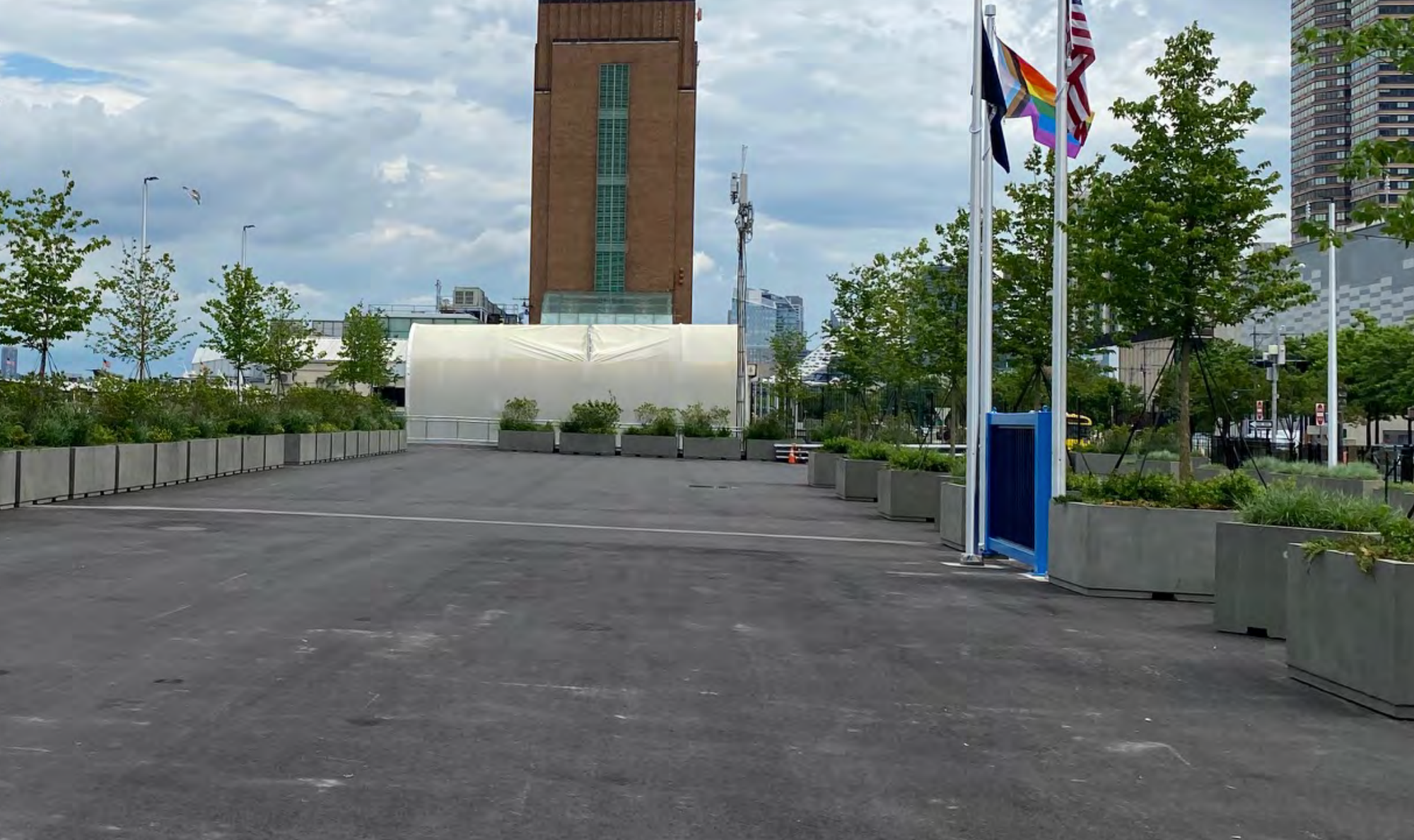
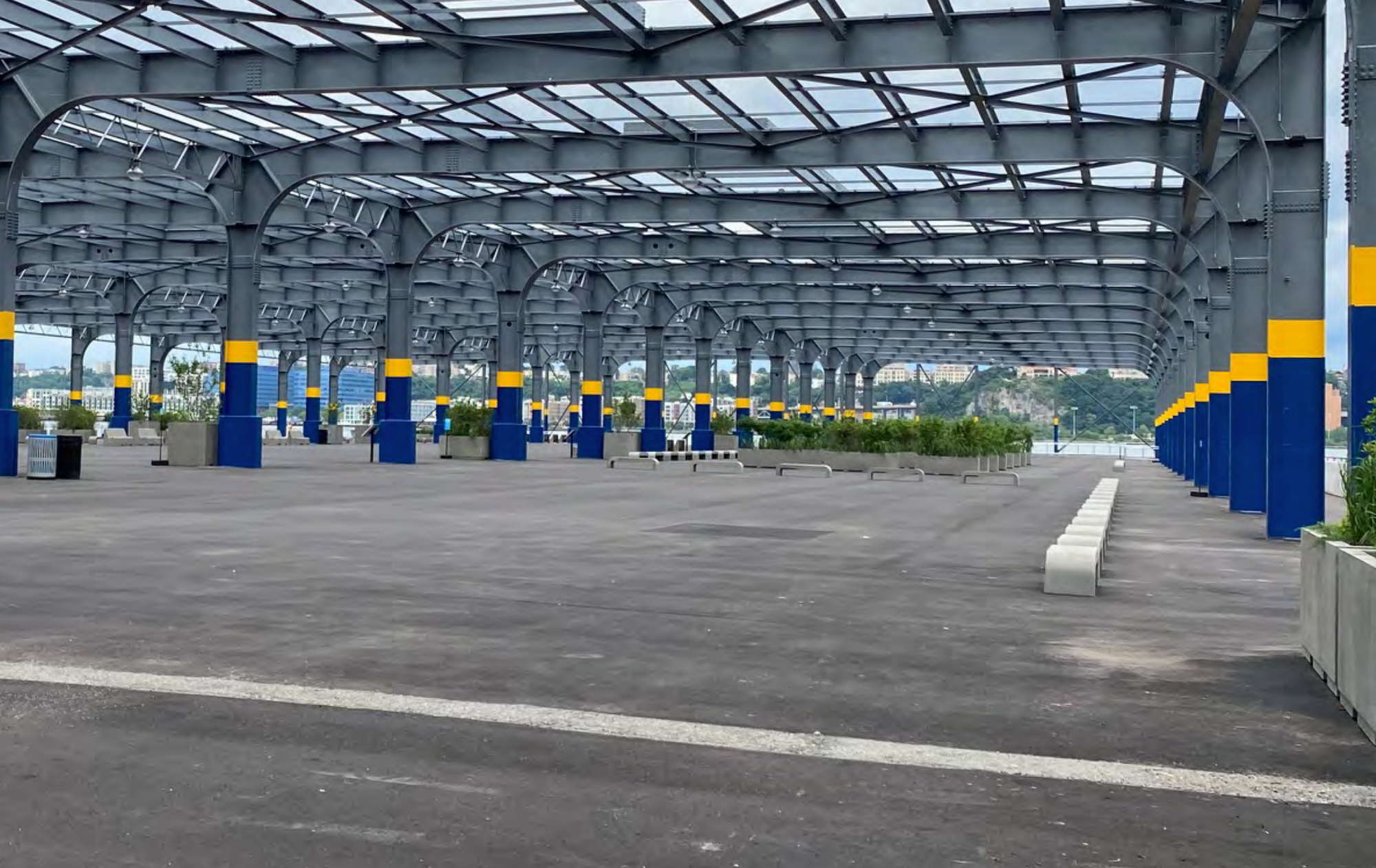
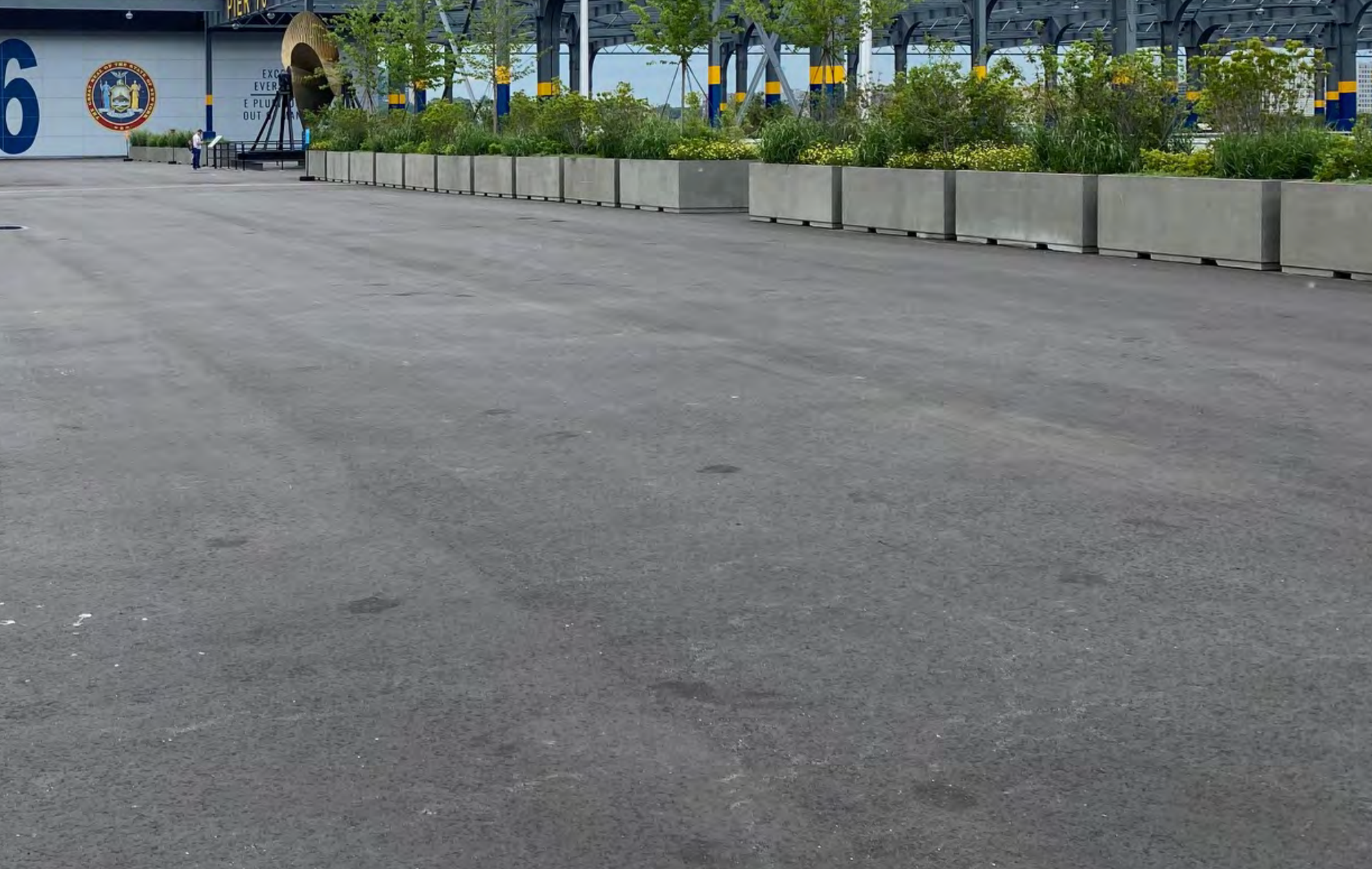
For a while, USA Pickleball ambassadors were sending NYC parks employees images of various hard-topped surfaces around the city that they thought could be turned into Pickleball courts.
Elsewhere in the city, other USA Pickleball ambassadors successfully won the right to draw temporary pickleball court lines on a handball court. There was just one problem, it wasn’t enough. The ambassadors’ solution: they said they could just draw permanent lines immediately on additional handball courts. “We have the stencils, paint, and machine power to professionally paint lines for two more courts in this area” on existing handball courts, the ambassador wrote.
“I’m not comfortable painting permanent lines or making other changes without more review,” a parks employee wrote back.
USA Pickleball’s Zhang, while not commenting specifically on what happened in New York City, said that the group “did some significant education during our Ambassador retreats this past year. This focused on proper placement of courts and taking into consideration multiple factors prior to advocating for court space or city resources. We want a global view and to provide resources so officials can make educated decisions to best serve their constituents.”
A Pickleball Committee
In Los Angeles, members of the city’s Department of Recreation and Parks’ (DPR) “Pickleball Committee” have, among other things, asked LA city employees to go take sound decibel readings at Palisades Recreation Center, a public park in one of the city’s most expensive neighborhoods.
This happened after a local resident’s lawyer sent the city a letter vehemently opposing planned pickleball courts there.
“Frequent pickleball sounds are typically about 70 dBa at about 100 feet away from the strike of the ball. Residents in homes located in a quiet residential area, that are within 100 feet from pickleball courts are used to noise levels of 40 dBa, therefore the level of pickleball noise is 30 decibels louder,” the letter, states, adding that sound-deadening walls “are not effective (for reasons of fundamental physics) and will not reduce the noise to acceptable levels.”
“My clients believe that they will suffer economic harm with a drop in their home values and the pickle ball games will cause ‘unreasonable interference with’ their ‘enjoyment of their property’ if pickleball is allowed,” it adds. The letter also demanded “a traffic and parking impact study for the surrounding neighborhood.”
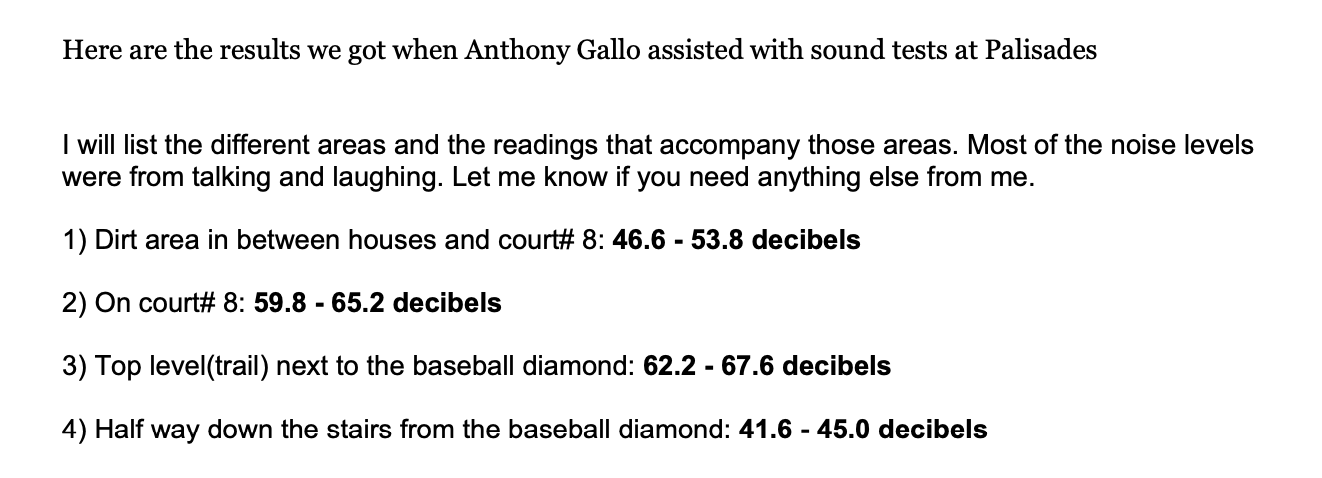
The city’s sound metering found sound levels that ranged between 41.6 and 67.6, though the higher end of this was on the court and immediately next to it. Notably, the city found “most of the noise levels were from talking and laughing,” not pickleball. A city discussion about noise barriers also had to take into account whether or not the barrier would be "visually appealing."
In any case, the noise associated with pickleball is something that came up over and over again in internal emails from the parks department and in resident complaints. One resident’s lawyer sent a letter about pickleball and two other apparent scourges—bocce ball and children’s birthday parties in the park. An email between city employees stated that a “sound mitigating barrier” was installed between the park and this person’s home by the city and that normal noises created at parks that the city cannot litigate or limit “includes patrons talking, laughing, clapping, cheering, coaching, officials’ calls, and sports whistles.”
Additionally, homeowners and their neighbors in Pacific Palisades banded together to hire an independent audiologist to take their own readings in addition to the city’s readings. Internally, city employees have disagreed as to where pickleball belongs and where it doesn’t: “I received this email and was shocked,” a recreation facility director for the Los Angeles Parks Department wrote in response to an email stating that a specific tennis court was going to be converted to a pickleball court. “The noise is pretty bad for the public.”
The city of Los Angeles did not respond to a request for comment, but a spokesperson for LA County told me that it “recognizes that pickleball is one of the fastest growing sports in the United States and the demand for places to play pickleball is increasing in L.A. County. As such, DPR is currently developing a departmental policy to evaluate and accommodate public requests for pickleball courts through a consistent and equitable process. Several of the factors DPR is considering are how to mitigate the potential operational, noise, and other impacts of pickleball.”
A Nationwide Problem
In Boston, the popularity of pickleball began taking over tennis courts and roller hockey courts throughout the city. A permitting system for tennis courts that also allowed pickleball was so overwhelmed with recurring pickleball bookings that it had become impossible to book tennis courts for tennis, or to drop-in and play tennis. Internally, Paul McCaffrey, the city’s director of permitting for the parks department told colleagues: “Pickleball has overrun South Street, no more bookings.” McCaffrey referred me to the city’s PR department, which did not respond to a request for comment.
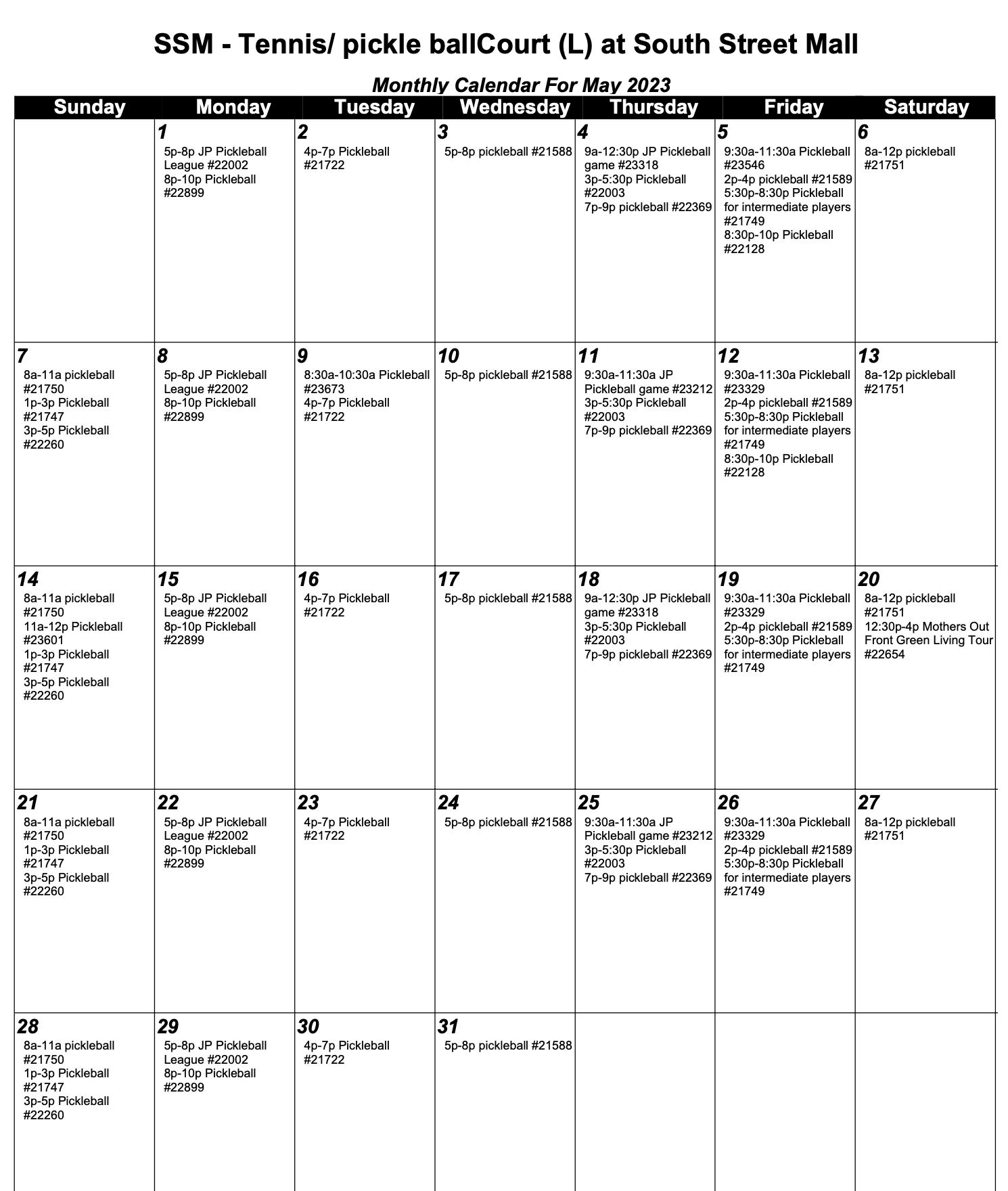
One tennis player told the city in repeated emails that South Street tennis courts had been “monopolized” by well-organized pickleball players, who had figured out how to book out the courts, while children and teens who play tennis might not know how to reserve them. There are two tennis courts at South Street, but those two courts can be turned into six pickleball courts with temporary nets, and one of the courts is also a basketball court. The resident said that it was essentially impossible to play tennis there anymore.
“I am concerned with the frequency and duration of pickleball reservations at the south street courts and also how groups of pickleball players can occupy the courts for hours and hours by saving the court for players by having a net set up,” the resident wrote, adding that the system “creates an exclusive pickleball use from dawn to dusk … Pickleballers set up their nets on part of the tennis court while I am trying to play with my kids. They are rude and inconsiderate. The city needs to deal with this … it is particularly hard for me to stomach this situation after the pickleball crowd illegally wrecked the courts of the past five years with electrical tape.”
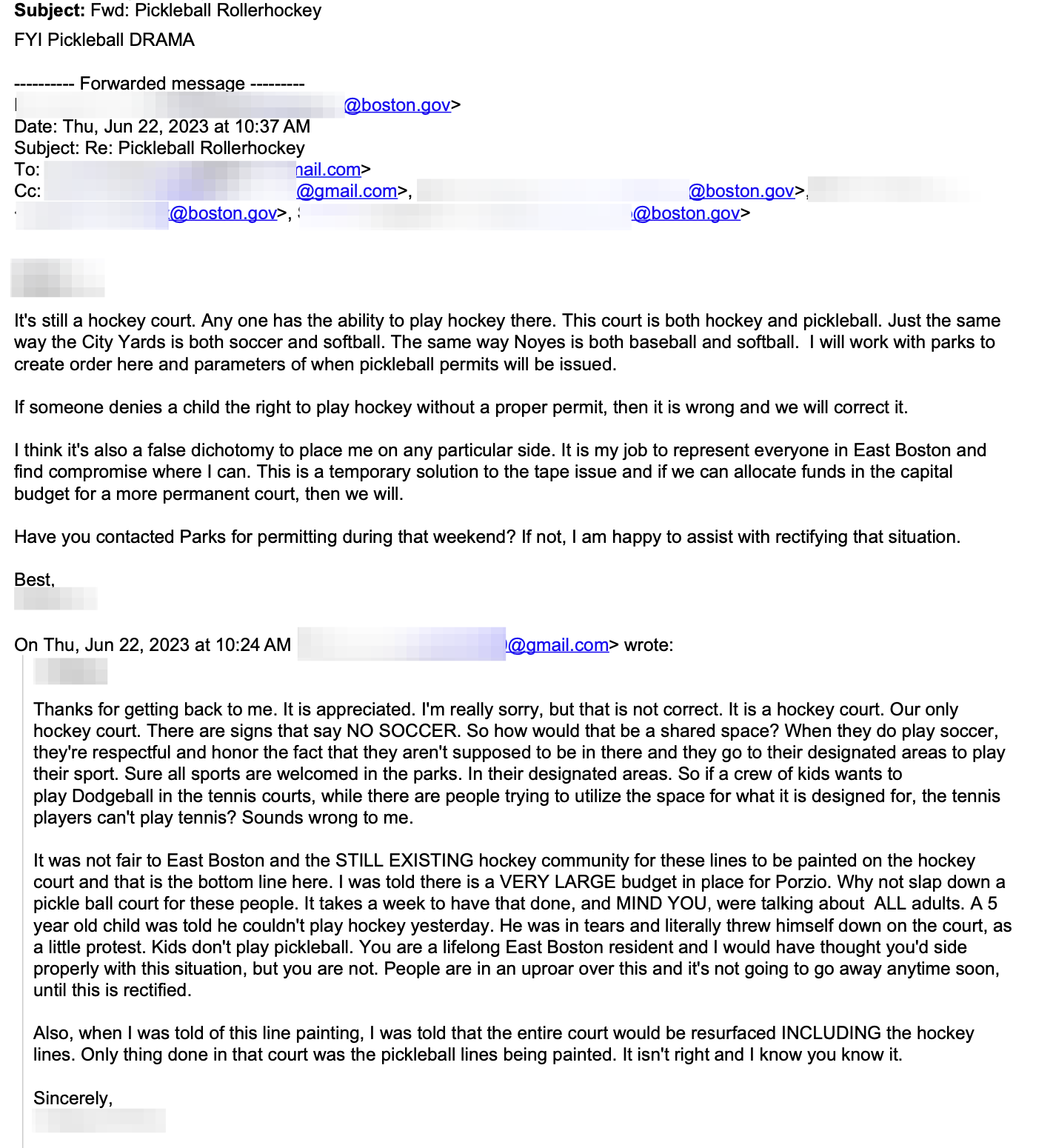
This resident wasn’t wrong—a calendar of reservations for the courts in question I obtained show pickleball reservations every single day and no tennis reservations. “Dear Sir: The unprecedented demand for pickleball is concerning,” McCaffrey told a resident. “I have discovered that Boston is not the only municipality struggling with this surge.”
One roller hockey court in East Boston has been turned into a dual purpose pickleball/roller hockey court. Roller hockey players suddenly began getting their skates tripped up on taped-down pickleball lines and fighting over who has rights to the court. The city tried to solve this tape issue by painting pickleball lines (which is smoother than tape), which created an entirely new problem: because the painted lines were permanent, people began to see the disputed court as a pickleball court, not a roller hockey one.
“So here we are on day 1 of this pickleball MESS, and you have the pickleball people at the court kicking people off that are trying to play hockey,” one email to the city from a roller hockey player said. “It was said when we were told about the lines being painted [vs taped on], that the cost would remain hockey first and this man is literally telling children they can’t play hockey now. This needs to be fixed … please let me know what is going to be done with this horrendous situation.”
A city employee told the writer of that email that they were trying to come up with a solution. The resident replied: “It was not fair to East Boston and the STILL EXISTING hockey community for these lines to be painted on the hockey court and that is the bottom line here,” the resident said. “Why not slap down a pickle ball court for these people. It takes a week to have that done, and MIND YOU, were talking about ALL adults. A 5 year old child was told he couldn't play hockey yesterday. He was in tears and literally threw himself down on the court, as a little protest. Kids don't play pickleball.”
The employee responded: “It’s still a hockey court. Any one has the ability to play hockey there. This cost is both hockey and pickleball,” the employee said. “I think it’s a false dichotomy to place me on any particular side [pickleball or hockey].” After sending that email, the employee forwarded her response to her colleagues: “FYI Pickleball DRAMA,” she said.
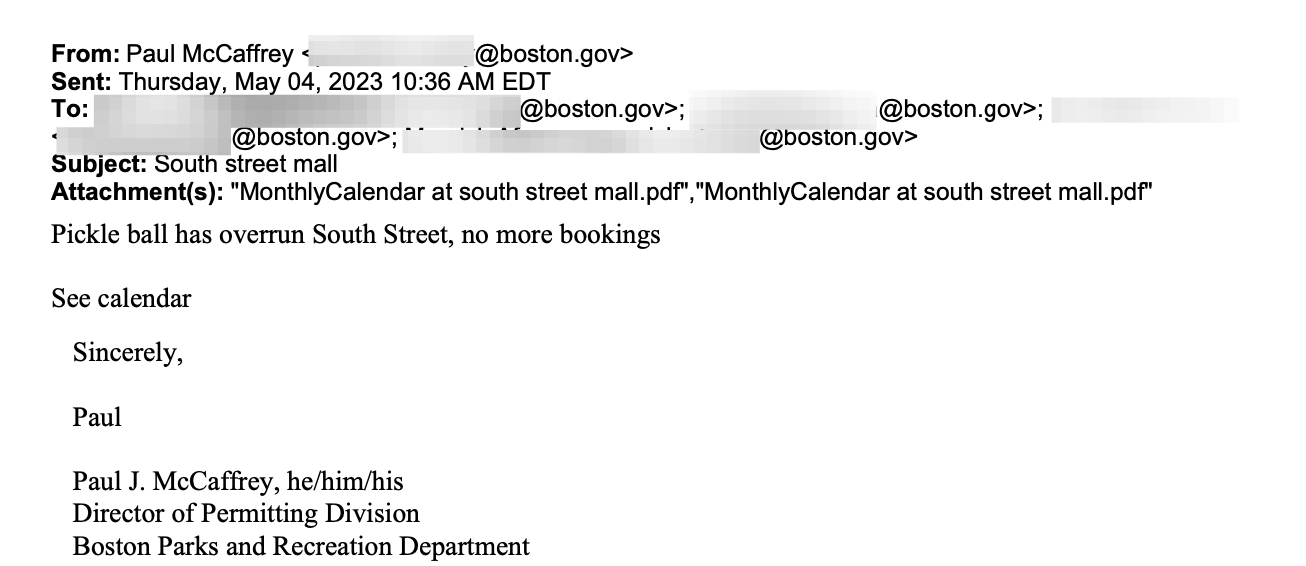
The pickleball lines issue played out not just at the roller hockey court but also at a tennis court at Cassidy Playground, all of which a city “Pickleball Coordinator” has been trying to adjudicate. In this case, a pickleball player was attempting to start a pickleball league at a tennis court. His argument: Pickleball is popular in Boston, and tennis is not.
“The Larsen Compromise”
In San Francisco, an entire local government proceeding pushed by USA Pickleball ambassadors and leading to various public meetings, a public comment period, all the associated drama, and an aftermath where everyone is upset happened earlier this year.
The basic gist is that pickleball, broadly speaking, is popular within the tech industry, but San Francisco did not have any public, pickleball-specific courts that were up to official USA Pickleball tournament specifications. At the same time, pickleball players were dominating permits for shared-use courts around the city, which was upsetting tennis players and people who played other sports (much like in Boston).
The “Larsen Compromise” was a city plan to convert a tennis court and basketball court at Larsen Park into eight pickleball courts. The city also agreed to rebuild two decrepit, unusable tennis courts at Stern Grove, about a mile away. The city also said it would pause creation of new pickleball courts (a concession to homeowners), and would stop offering permits for pickleball at a few mixed-use facilities, so pickleball would stop dominating them.
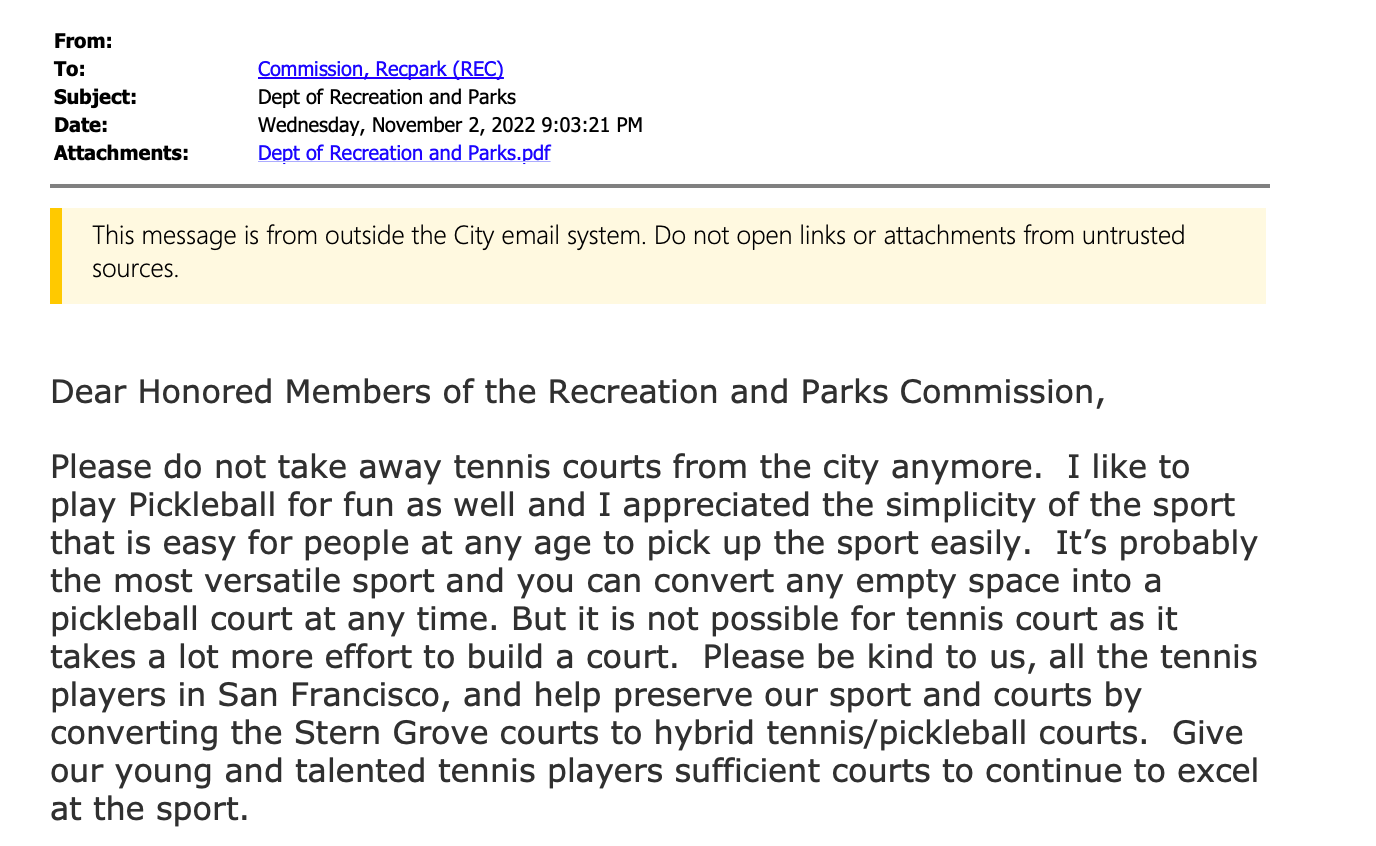
In February, the city’s Parks Department Commission voted unanimously to adopt the plan, and construction on the pickleball courts at Larsen Park began in August. San Francisco’s city government sent me about 500 pages of emails from community members, most of whom were angry about the compromise.
“My 9-year-old son was in tears when he saw the construction at Larsen Park! He walks to that park every weekend to shoot hoops,” one parent wrote to the city in an email. “Tennis court gone, basketball court gone, with no plans to replace either one … there must be a way to keep the basketball hoops at Larsen and accommodate pickleball too.”
A pickleball player, meanwhile, told the city that being unable to book courts elsewhere in the city made it impossible for him to find time to play: “I wanted to find out why my pickleball reservation at Parkside Square is no longer allowed … we purchased our own net just for this purpose and now we are stuck with a net without a pickleball court to play in … It seems unfair to the pickleball players and it’s also causing a lot of arguments between tennis and pickleball players … this is very unfair.”
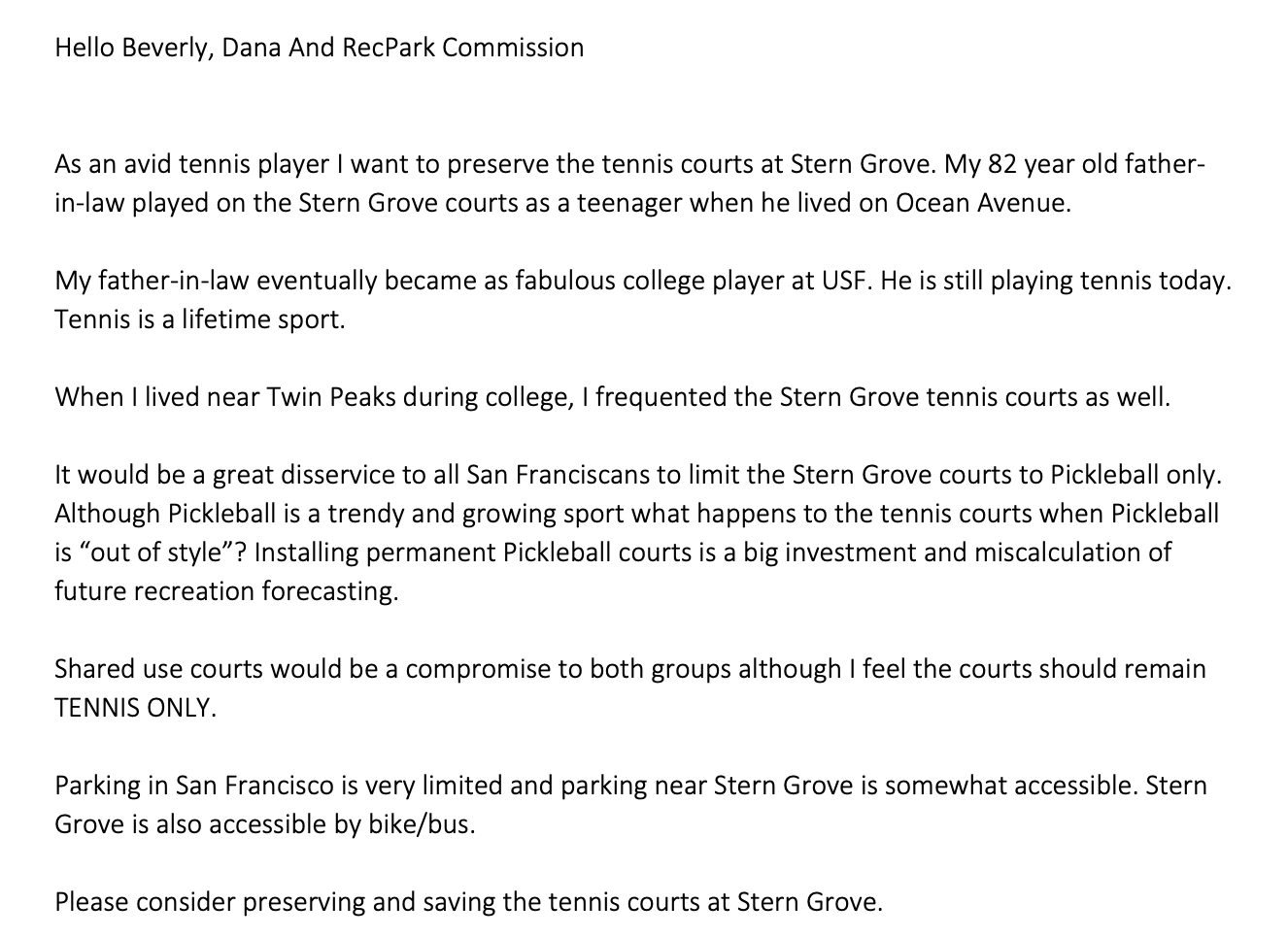

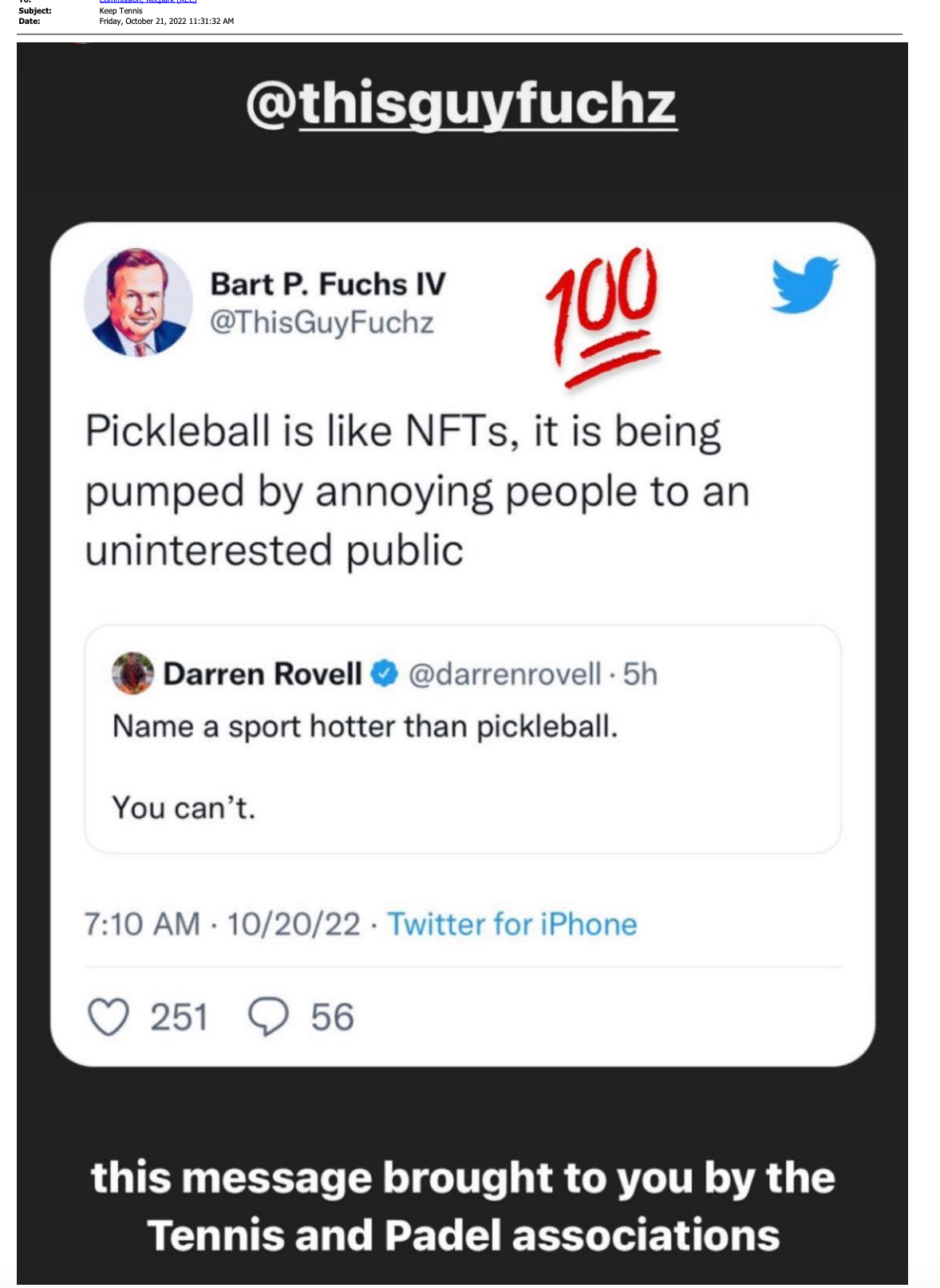
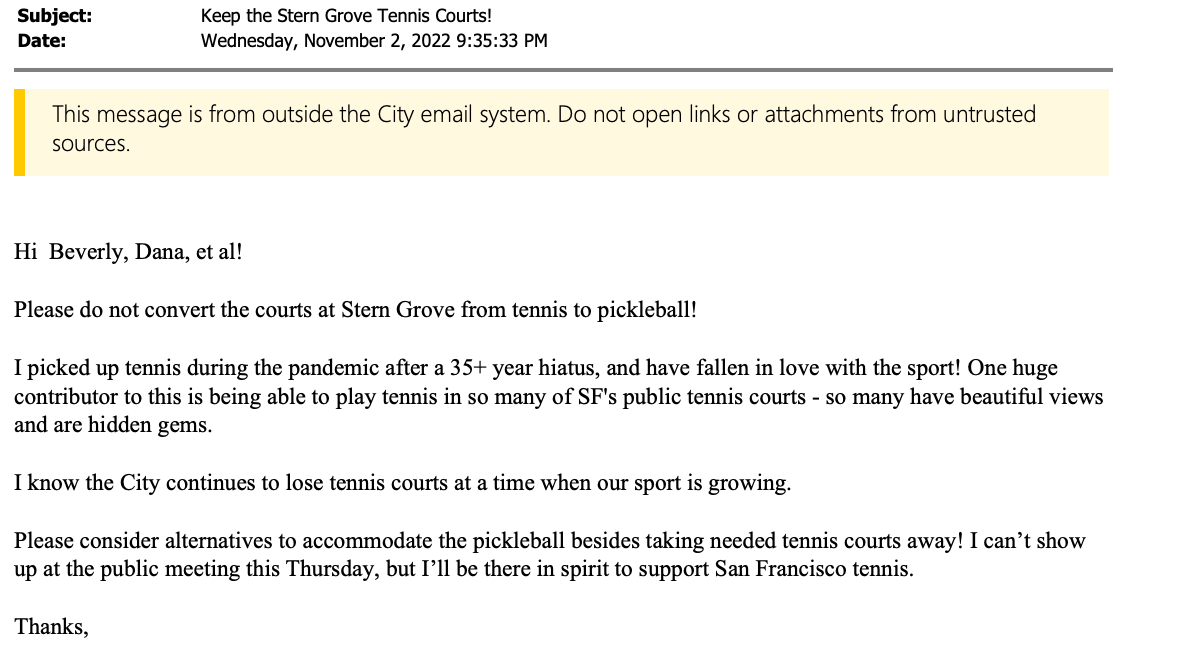
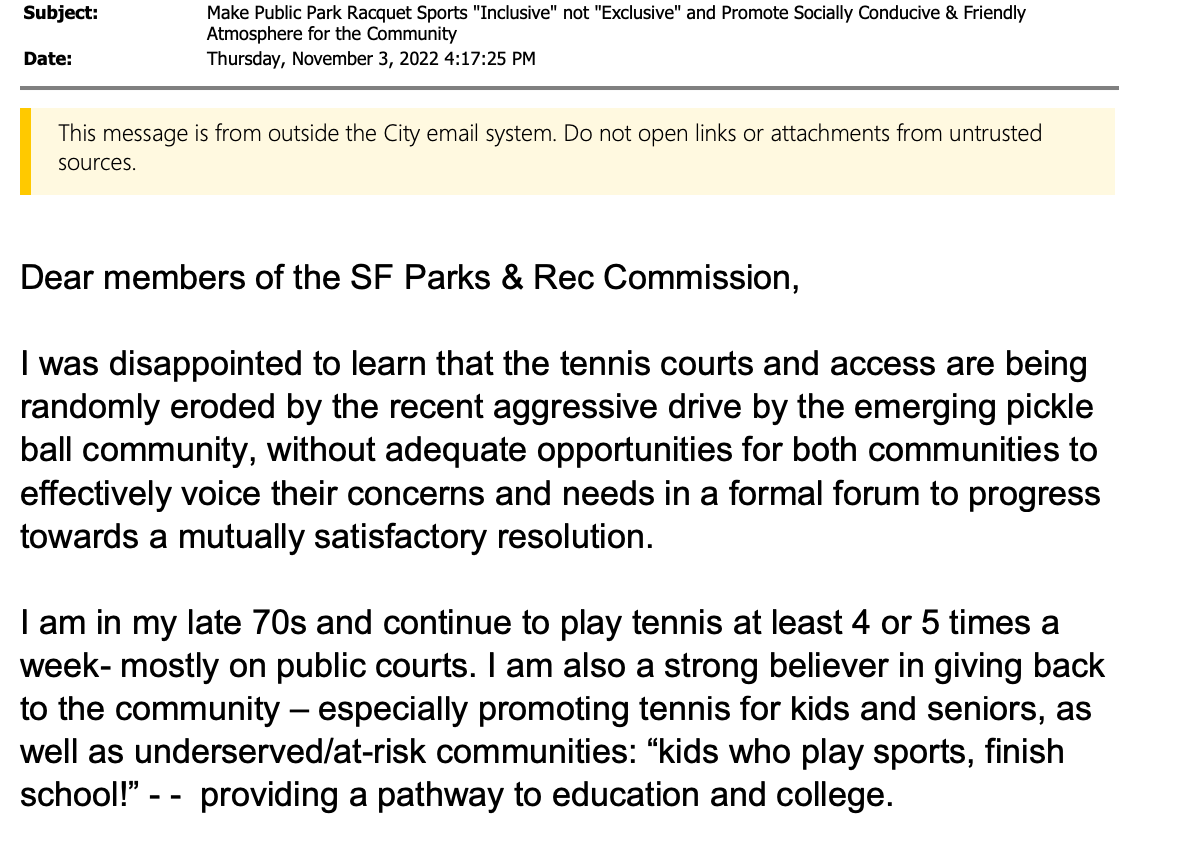
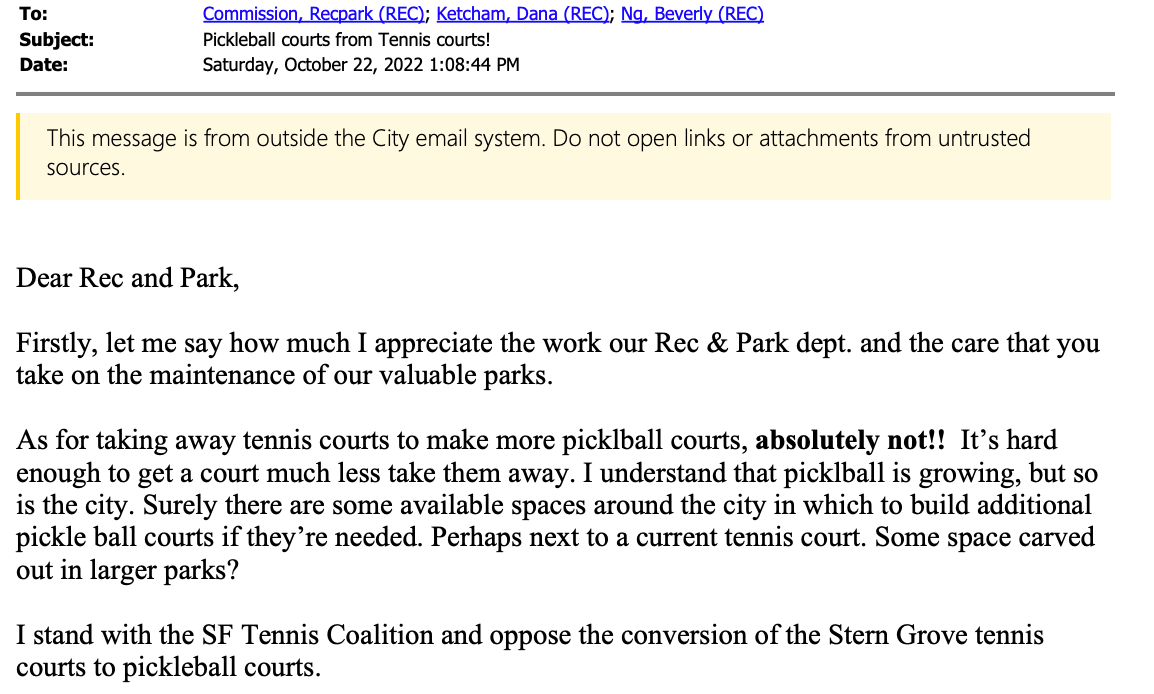
A few of the emails from tennis players who opposed the Larsen Compromise
Pickleball players thought this was not enough, as San Francisco is a large city. One resident asked that a playground in North Beach have pickleball lines painted on an area “occasionally used for kids to ride their scooters, or tennis players to hit against the wall … but most of the time when I visit, it is unused.”
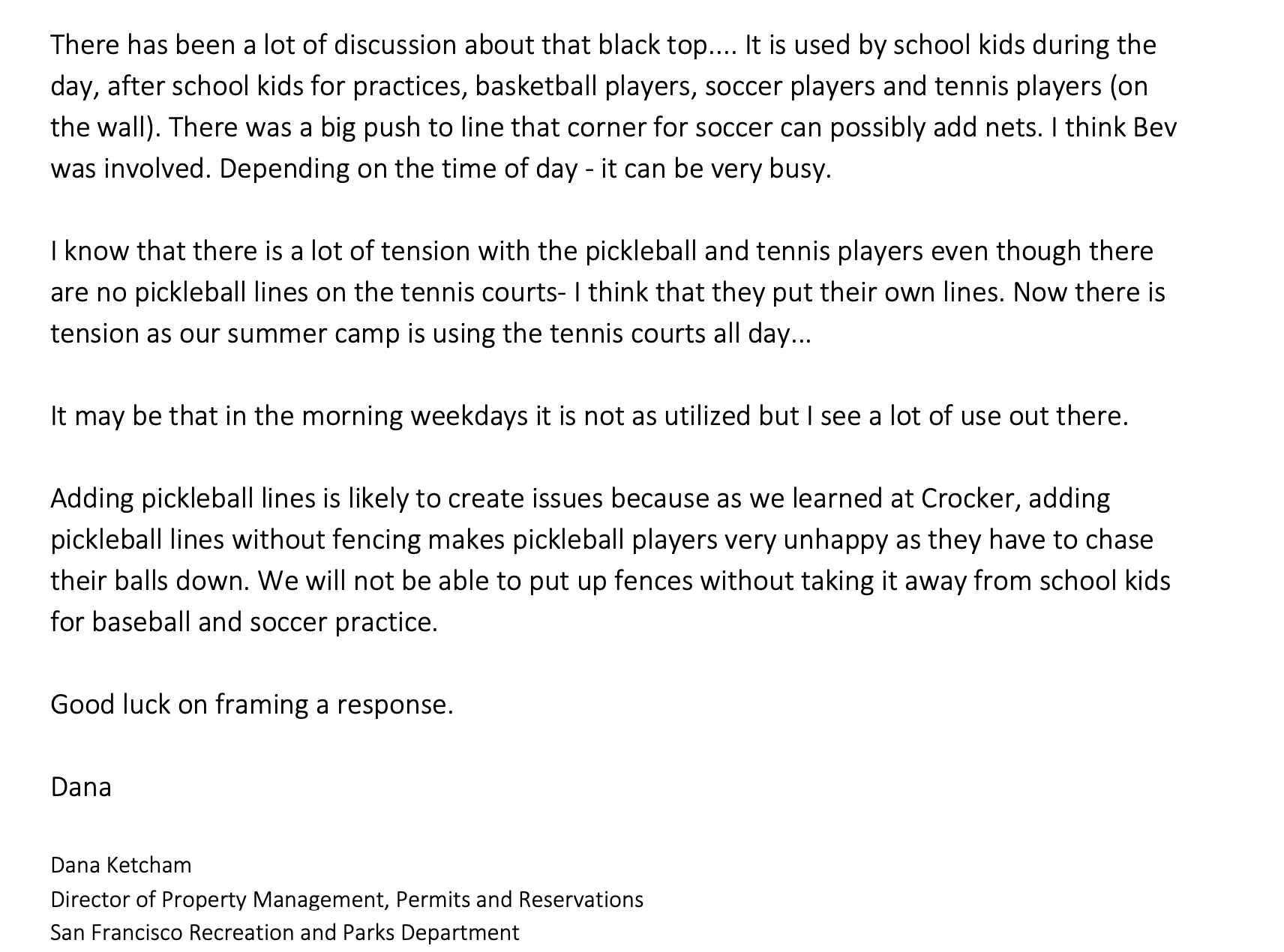
This email triggered a series of internal emails about how difficult the request would be, politically: “There has been a lot of discussion about that blacktop. It is used by school kids during the day, after school kids for practices, basketball players, soccer players, and tennis players,” Dana Ketcham, San Francisco Recreation and Parks Department’s director of property told her staff. “I know that there is a lot of tension with the pickleball and tennis players even though there are no pickleball lines on the tennis courts—I think they put their own lines … adding pickleball lines is likely to create issues because as we learned at Crocker, adding pickleball lines without fencing makes pickleball players unhappy as they have to chase their balls down. We will not be able to put up fences without taking it away from school kids for baseball and soccer practice. Good luck on framing a response.”
Later, after a series of back-and-forths and potential solutions, another parks employee said: “The blacktop is a multi-sport court, and with the commission compromise, no more pickleball conversion.” The city of San Francisco did not respond to a request for comment.
“This decision was made after extensive research, community engagement, and careful consideration. The expansion to eight courts was a response to the increasing demand and meets Pickleball USA's standards as a potential tournament site, which is not currently available at our other pickleball locations within the city,” the parks department told several angry residents. “The Rec and Park Department recognizes the impact this has on other sports communities and has paused any further conversion of sports courts to dedicated pickleball courts. This approach aims to strike a balance between different sports offerings available across the city.”
The Larsen pickleball courts are slated to open before the end of the year.
‘Cultivating Economic Recovery’
One city that feels like it’s been able to make all of this work is, ironically, Santa Monica, where there was the pickleball-related arson.
Tati Simonian, a spokesperson for the city, said that “our police department is continuing its investigation into the arson,” but said “there is no evidence obtained so far that would indicate the Pickleball program was specifically targeted as opposed to this being, from all appearances, a crime of opportunity.”
I have not yet gotten many of the documents I requested there because of the ongoing investigation, so it is entirely possible that there are behind-the-scenes beefs I don’t yet know about. But Simonian said the city has completely revamped how it does pickleball reservations and drop-in sessions, and has made promoting pickleball a key pillar of its strategy of “cultivating economic recovery and expanding community and cultural offerings,” which has included rezoning particular areas to allow for private businesses to build indoor pickleball courts, for example.
“Our tennis community continues to be robust. We have many courts in the city and schools, and offer drop in opportunities, reservable opportunities, lessons and camps as part of our recreation programming. The courts at Memorial Park are programmed for both tennis and pickleball, and through great partners and community dialogue we’re able to navigate the needs of each sport,” she said. “It’s our hope that through these various programs and offerings, we can provide something for everyone looking to enjoy pickleball (or tennis!)”
Most surprising of all, she said that she is “happy to report we have not received any noise complaints.”

